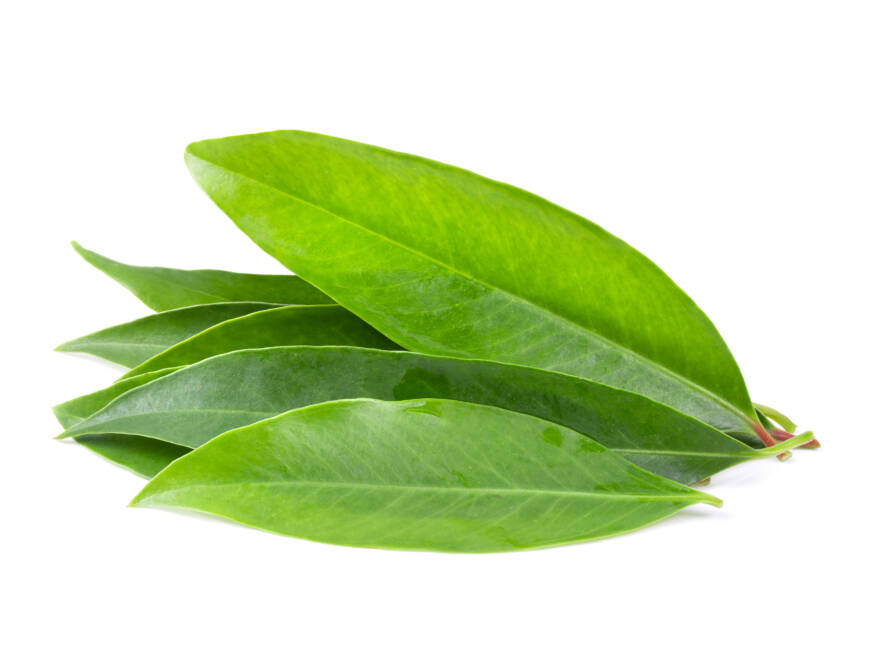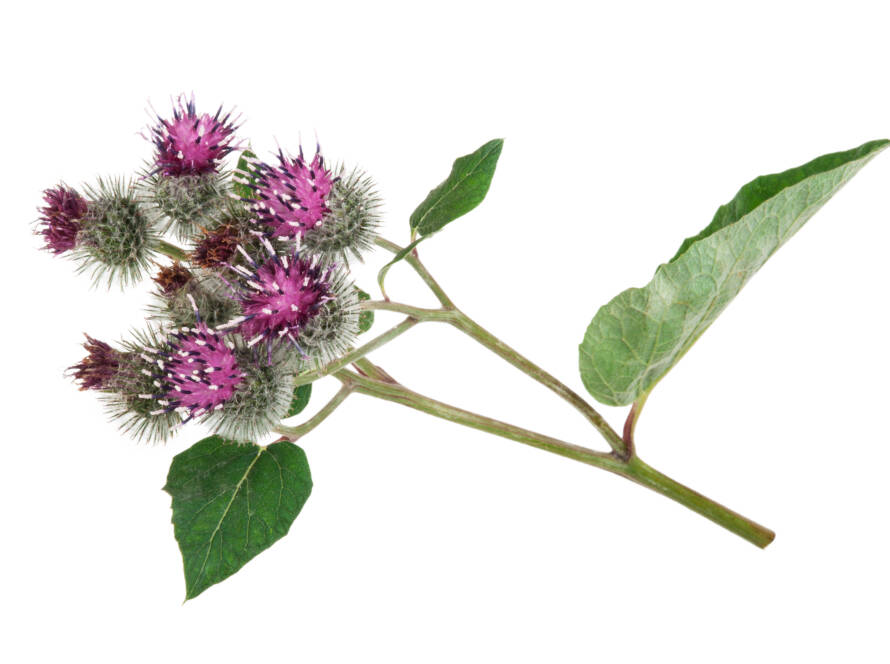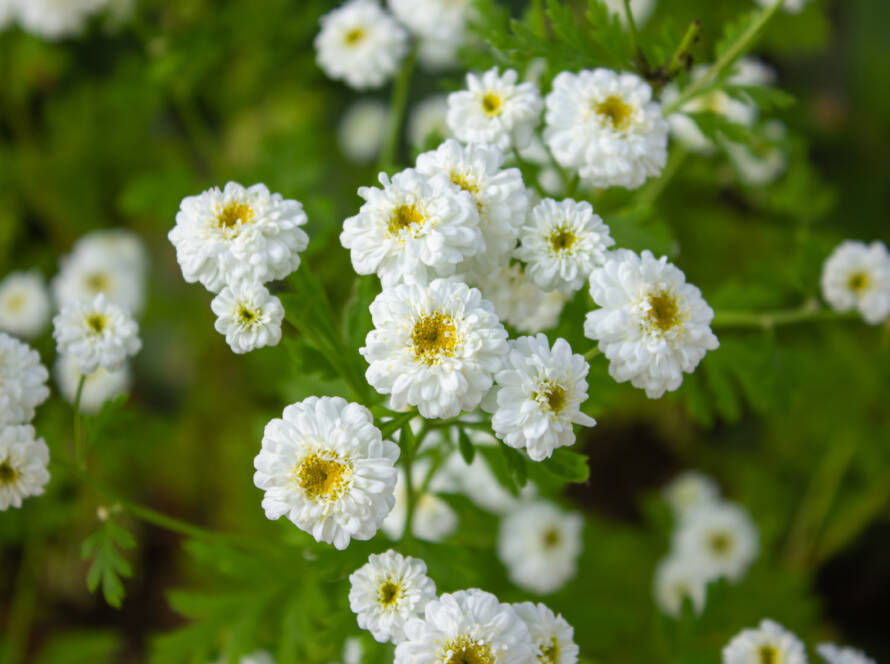Black Cohosh
Introduction
This fact sheet provides essential information about black cohosh, a herb native to North America, known for its historical use in Native American medicine and as a home remedy in 19th-century America. Black cohosh is part of the buttercup family and is utilized for its potential therapeutic properties.
Common Names
- Black cohosh
- Black snakeroot
- Macrotys
- Bugbane
- Bugwort
- Rattleroot
- Rattleweed
Latin Names
- Actaea racemosa
- Cimicifuga racemosa
Uses
- Traditionally used for rheumatism (arthritis and muscle pain).
- More recently, it has been used to alleviate menopausal symptoms such as hot flashes, night sweats, and vaginal dryness.
- Also used for menstrual irregularities, premenstrual syndrome, and to induce labor.
Administration
The underground stems and roots of black cohosh are commonly used fresh or dried to prepare strong teas (infusions), capsules, solid extracts in pills, or liquid extracts (tinctures).
Scientific Evidence
- Research results are mixed regarding the effectiveness of black cohosh for relieving menopausal symptoms. A study funded by NCCAM found that it did not significantly alleviate hot flashes or night sweats in postmenopausal women.
- Most studies have been short-term (less than 6 months), leaving the safety of long-term use uncertain.
- Ongoing studies are being funded to further explore the effects of black cohosh on menopausal symptoms.
- There is insufficient reliable data to confirm its effectiveness for rheumatism or other uses.
Side Effects and Cautions
- Experts recommend discontinuing black cohosh and consulting a healthcare practitioner if liver issues arise, as there have been rare reports of hepatitis and liver failure associated with its use. The connection is not definitively established.
- Common side effects may include headaches and stomach discomfort. Clinical trials have reported few side effects, such as gastric complaints and heaviness in the legs.
- No known interactions with prescription medications have been reported.
- Safety for women with a history of breast cancer or for pregnant women is unclear.
- Black cohosh should not be confused with blue cohosh (Caulophyllum thalictroides), which has different properties and potential adverse effects, especially when used together.
- It is important to inform healthcare providers about any complementary practices to ensure coordinated and safe care.
Sources
- Mahady GB, Low Dog T, Barrett ML, et al. United States Pharmacopeia review of the black cohosh case reports of hepatotoxicity. Menopause. 2008;15(4 Pt 1):628-638.
- Newton KM, Reed SD, LaCroix AZ, et al. Treatment of vasomotor symptoms of menopause with black cohosh, multibotanicals, soy, hormone therapy, or placebo: a randomized trial. Annals of Internal Medicine. 2006;145(12):869-879.
- Office of Dietary Supplements and National Center for Complementary and Alternative Medicine. Questions and Answers About Black Cohosh and the Symptoms of Menopause.
- National Center for Complementary and Alternative Medicine and Office of Dietary Supplements. Workshop on the Safety of Black Cohosh in Clinical Studies.
- Natural Medicines Comprehensive Database. Black cohosh.
- Blumenthal M, Goldberg A, Brinckman J, eds. Herbal Medicine: Expanded Commission E Monographs. Newton, MA: Lippincott Williams & Wilkins; 2000:22-26.
 NCCAM National Institutes of Health
NCCAM National Institutes of Health


